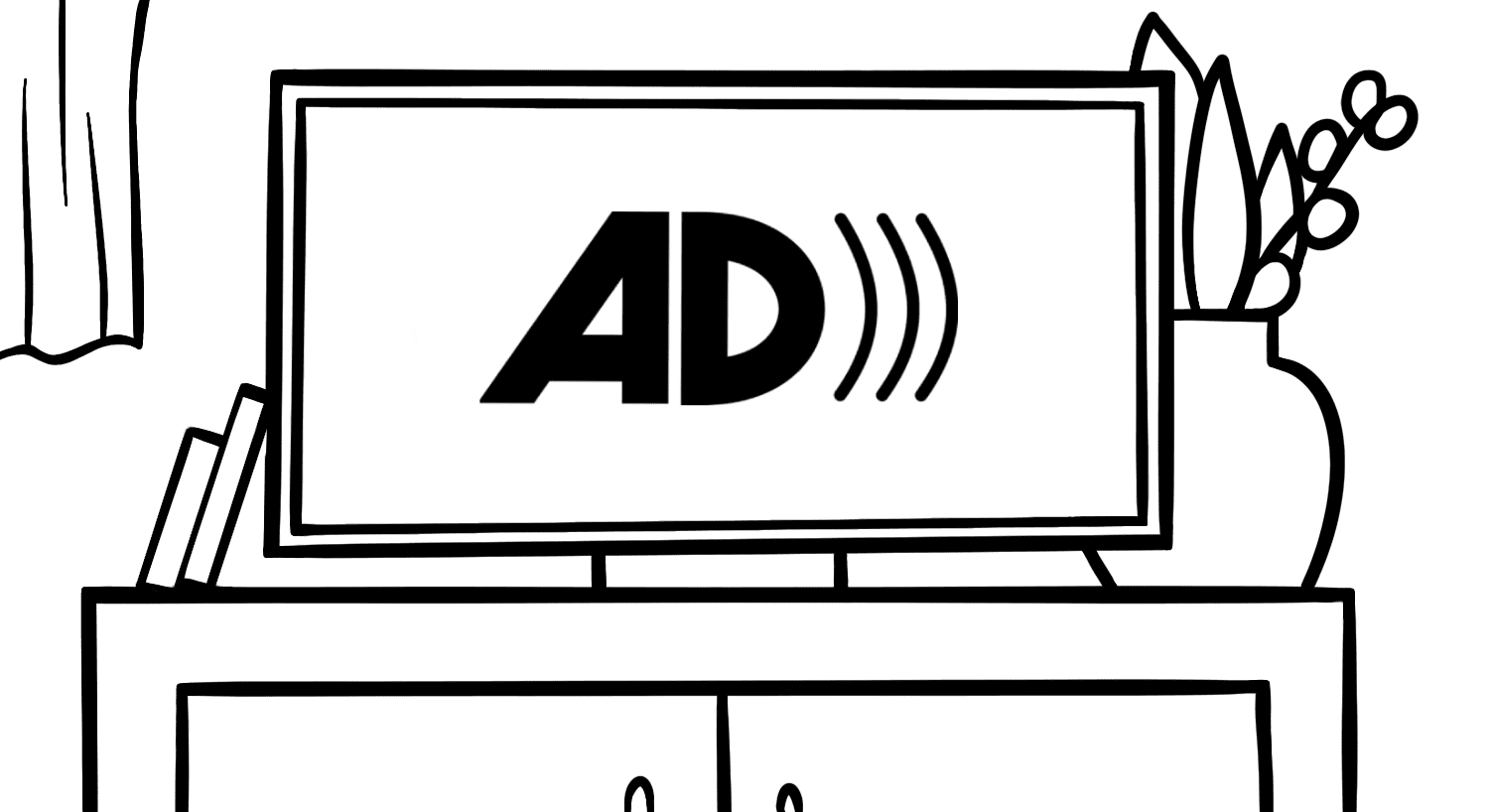What is Audio Description?
Audio Description is a method of describing the visuals in multimedia presentations, primarily used by those who are blind.


Audio Description defined:
Audio description is a method of describing visual only information in movies, TV shows, and other video or multimedia content, for the benefit of those who are blind or otherwise unable to see or interpret them.
Audio description goes by several different terms that all essentially mean the same thing. In Canada, the term “Described Video” (or “DV” for short) was popular for years. In Europe, the same service was often referred to as “Audio Description” (or “AD”) and was sometimes referred to in the United States as “Video Description”. As the service became more popular and available, the industry began to standardize on the term as Audio Description, with AD as the acronym.
When audio description premiered in the days of analogue television, it was usually delivered using Second Audio Program (“SAP”), a second audio track available on all analogue TV channels.
However, this approach had multiple problems.
First, SAP was also often used to deliver audio translations of material in other languages, especially Spanish and French in North America. This meant that if a Spanish or French translation was being delivered using SAP, it was impossible to also deliver audio description.
Second, due to the technical limitations of analogue TV, the SAP track was always Mono-sound; Stereo- or Surround-Sound could not be supported. This is why, to this day, many Audio Description tracks of older programs are only available in mono-sound.
Today, Audio Description can be supported across multiple audio tracks (Mono, Stereo, and Surround) and across multiple languages. Unfortunately, though, standards for labeling tracks differ from broadcaster to broadcaster. This means that, especially for over-the-air TV, a user who wants Audio Description must manually select the correct audio track for each channel.
On top of pre-recorded TV segments, it is also possible to deliver audio description in theatres, or during live events. In these cases, special wireless headsets are given to audience members who would like audio description, and the audio description signal is transmitted throughout the venue. However, recent advances in technology are working towards delivering this audio digitally, through a mobile phone that the audience member may already have, eliminating the need for the venue to provide headsets.

